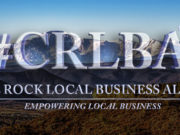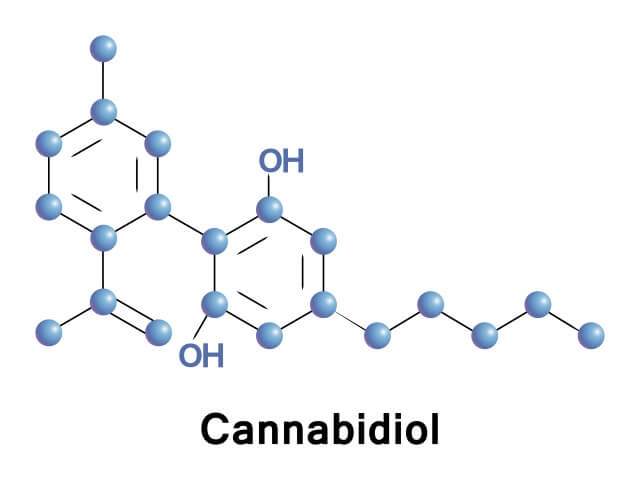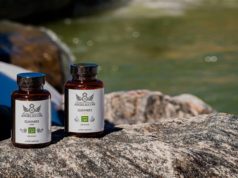Although cannabis has been legal in Colorado since 2014, there’s still a lot of confusion about different cannabis products and how they affect people who take them. Specifically, the ones with CBD and THC, and the health and psychoactive effects of both. This article will explain the difference between these two chemicals – which one provides the high and which one doesn’t – and the health benefits of certain cannabis products.
The Basics of CBD Oil
CBD is short for cannabidiol and is a chemical produced from industrial hemp; THC is the acronym for tetrahydrocannabinol and produces the “high” when someone smokes marijuana or consumes an edible product. Although they look similar as a green leafy weed (and they’re both members of the plant family cannabis sativa), they’re genetically distinct from each other.
The biggest difference is that you can catch a buzz from smoking marijuana, but you can’t get high from industrial hemp. There are thousands of uses of hemp in different industries, including rope, paper, textiles, clothing, a substitute for drywall in houses, food and medicine – that’s why it’s called ‘industrial’ hemp. This difference has been known for decades and was confirmed by a 2015 University of Minnesota scientific study by professor and plant biologist George Whelan, published in the July 17th online edition of New Phytologist.
Why Does THC Provide a High but CBD Doesn’t?
If these two chemicals are similar then why does THC provide a high and CBD doesn’t? It has to do with how they interact with cannabinoid receptors in the human brain. Multiple scientists and studies in the United States and England confirmed in the late 1980s through 1990s that humans and other mammals have an endocannabinoid system and receptors throughout their brain and bodies. THC activates the CB1 and CB2 receptors, and causes the psychoactive effect. CBD activates the adosine, seratonin and TRPV-1 receptors,
According to the Alcohol & Drug Abuse Institute at the University of Washington, CBD may reduce anxiety and lessen the psychoactive effects of THC. This may also explain why industrial hemp and marijuana growers don’t want their crops growing next to each other. Marijuana growers want plants with higher THC levels; industrial hemp farmers want plants with lower THC (and higher CBD) levels.
If these two plants were close enough to cross-pollinate, they would have a negative effect on each other. The marijuana plants would increase the THC levels above legal limits (0.3% or less). If a hemp farmer’s crop would test “hot” (above this 0.3% level), he could lose his entire crop and make no money that year. The industrial hemp would decrease the THC levels in the marijuana plants, which isn’t what MJ growers want. Again, while both are in the cannabis plant family, industrial hemp is not the same as marijuana and you can’t get high from smoking it. All you’d get is a massive headache and no “buzz.”
CBD use has proven effective to relieve symptoms of a number of diseases, include epilepsy and seizures. Cannabis oil with high CBD and low THC saved the life of a 5-year-old girl named Charlotte Figi. She suffered from Dravets Syndrome, a genetic disorder where she had over 200 grand mal seizures a week. Her parents tried a ketogenic diet and all pharmaceutical options, but nothing worked; and her parents signed a DNR (Do Not Resuscitate) order if she went unconscious again.
As a last ditch effort, her parents looked into medical cannabis as an option, and talked with several doctors. Because of her age many doctors turned them down, but one doctor finally agreed and she prescribed two ounces of high-CBD, low-THC oil. Almost immediately the seizures stopped, and today Charlotte lives a pretty normal life, with just two or three seizures per day; usually while she’s sleeping.
If cannabis products can provide these kind of medical benefits and relief, why have they been made illegal by the federal government? We don’t know exactly why, but here’s some of the background behind the ban.
In the mid-1930s, William Randolph Hearst owned a newspaper empire that included lumber mills and forests which produced tree-based paper. In 1935, a new machine called a decorticator was invented, that would produce paper from industrial hemp at a lower cost than from lumber. This appears to have been a threat to Hearst’s business revenue. There was also speculation that hemp would have affected the DuPont corporation’s new product called nylon, and the makers of other synthetic products that could have also been made with hemp.
In order to protect his business empire, a PR and lobbying campaign were started to outlaw this threat. The man responsible for this campaign was Harry Anslinger, the first head of the Federal Bureau of Narcotics. Prohibition of alcohol was repealed in 1933, and there were a lot of bureaucrats out of work in the heart of the Great Depression. Demonizing and prohibiting hemp would be a good way to get some of these drug cops back to work.
The PR campaign was implemented, and Americans learned about the evils of “marihuana,” a Mexican wild tobacco, which allegedly was responsible for jazz musicians, Mexicans and blacks raping white women. Part of this campaign was a movie called Reefer Madness, which warned of the evils of cannabis.
Anslinger drafted the text of the Marihuana Tax Act of 1937, and Rep. Robert Doughton of North Carolina sponsored the legislation. Enough Congressman and Senators bought into these stories and Congress passed this bill into law. Ironically, a few months later in February 1938, Popular Mechanics printed an article titled Hemp: The New Billion-Dollar Crop, which talked about the many benefits of and markets for the newly illegal industrial hemp plant.
This writer also believes that if the cannabis ban were reversed, drug companies would lose billions of dollars in revenue. In closing, CBD oils and products won’t get you high, but can provide some health benefits. Do plenty of research and due diligence and judge for yourself.
Written by: Brian Ochsner
Disclaimer: These statements have not been evaluated by the FDA and are not intended to diagnose, treat or cure any disease. Always check with your physician before starting a new dietary supplement program.













